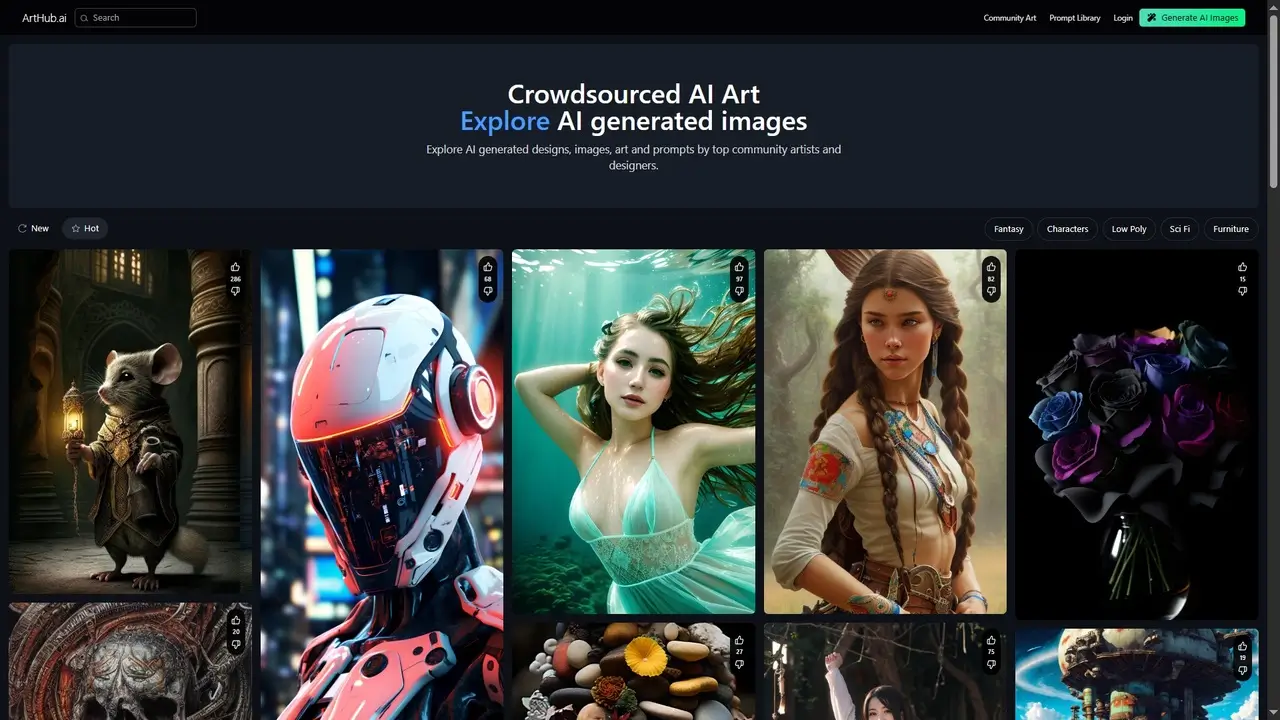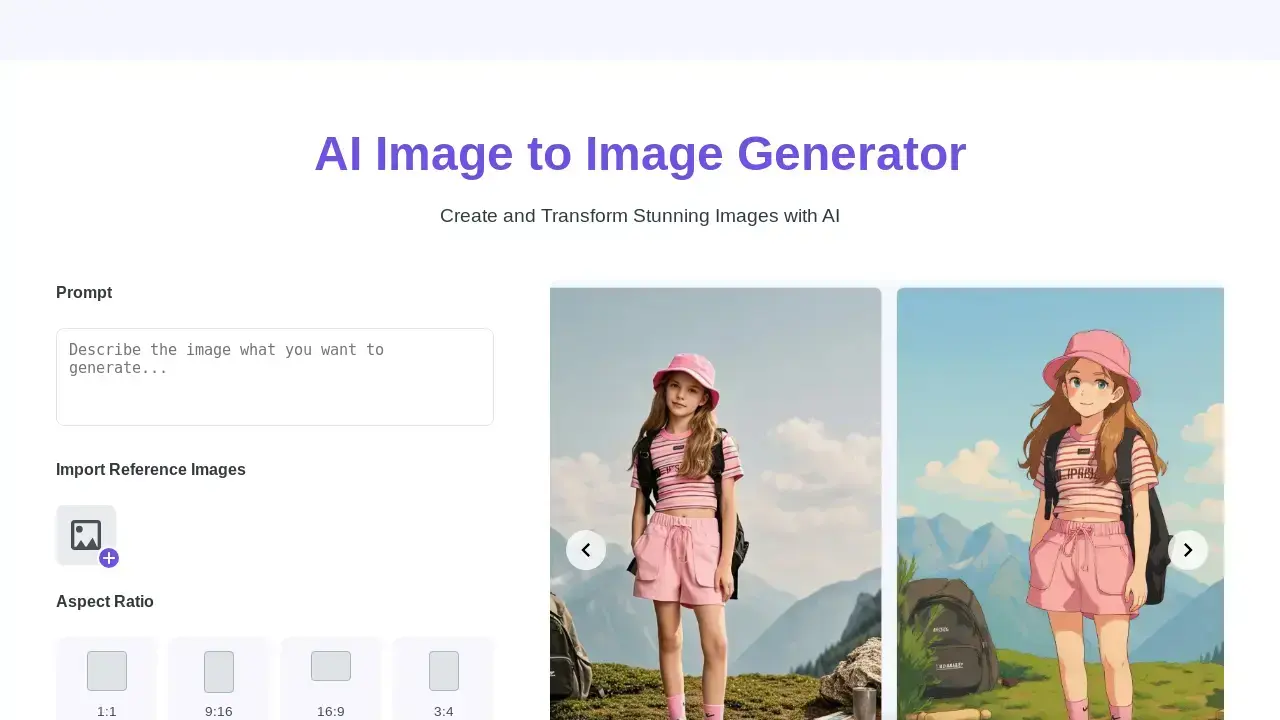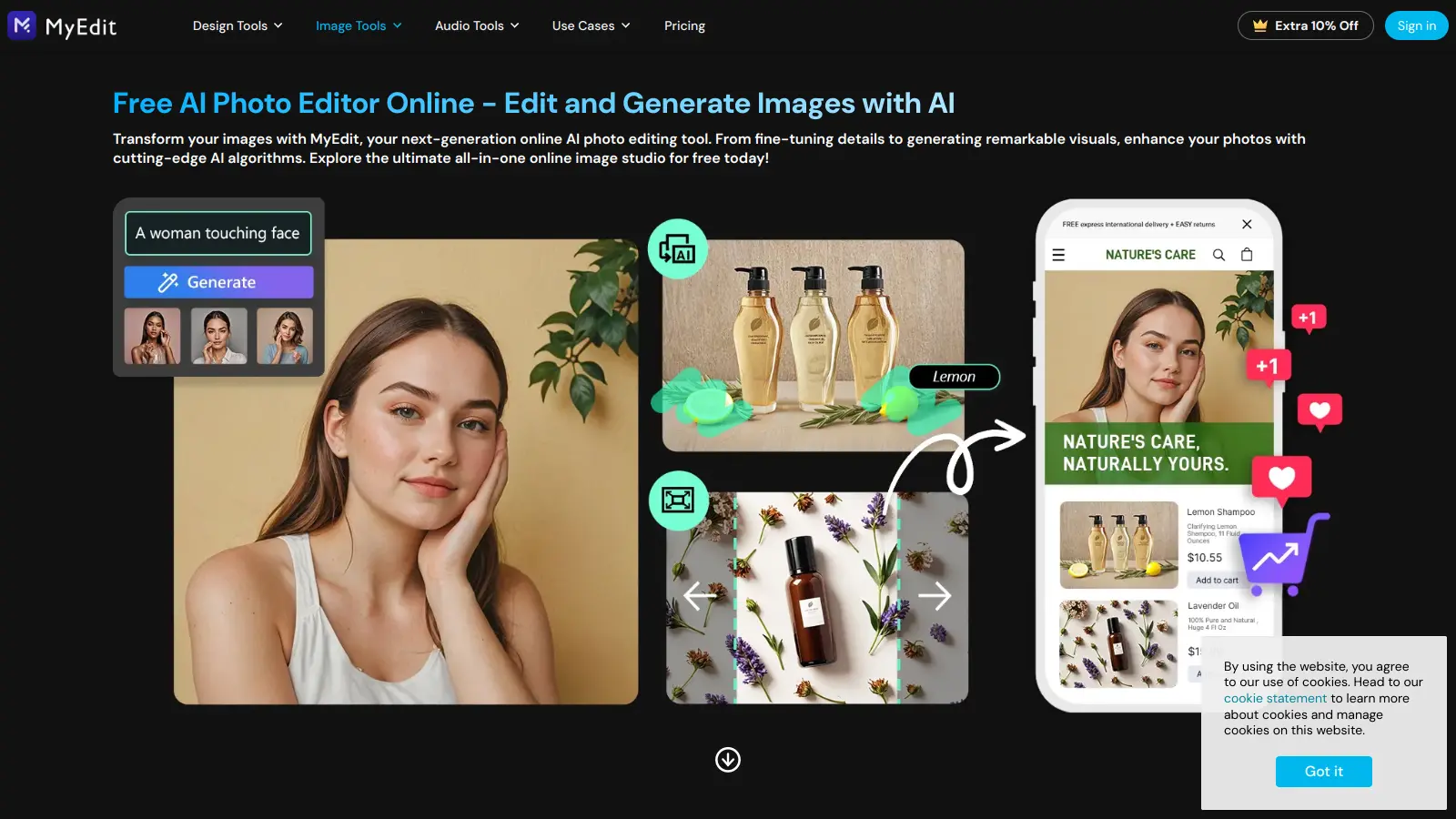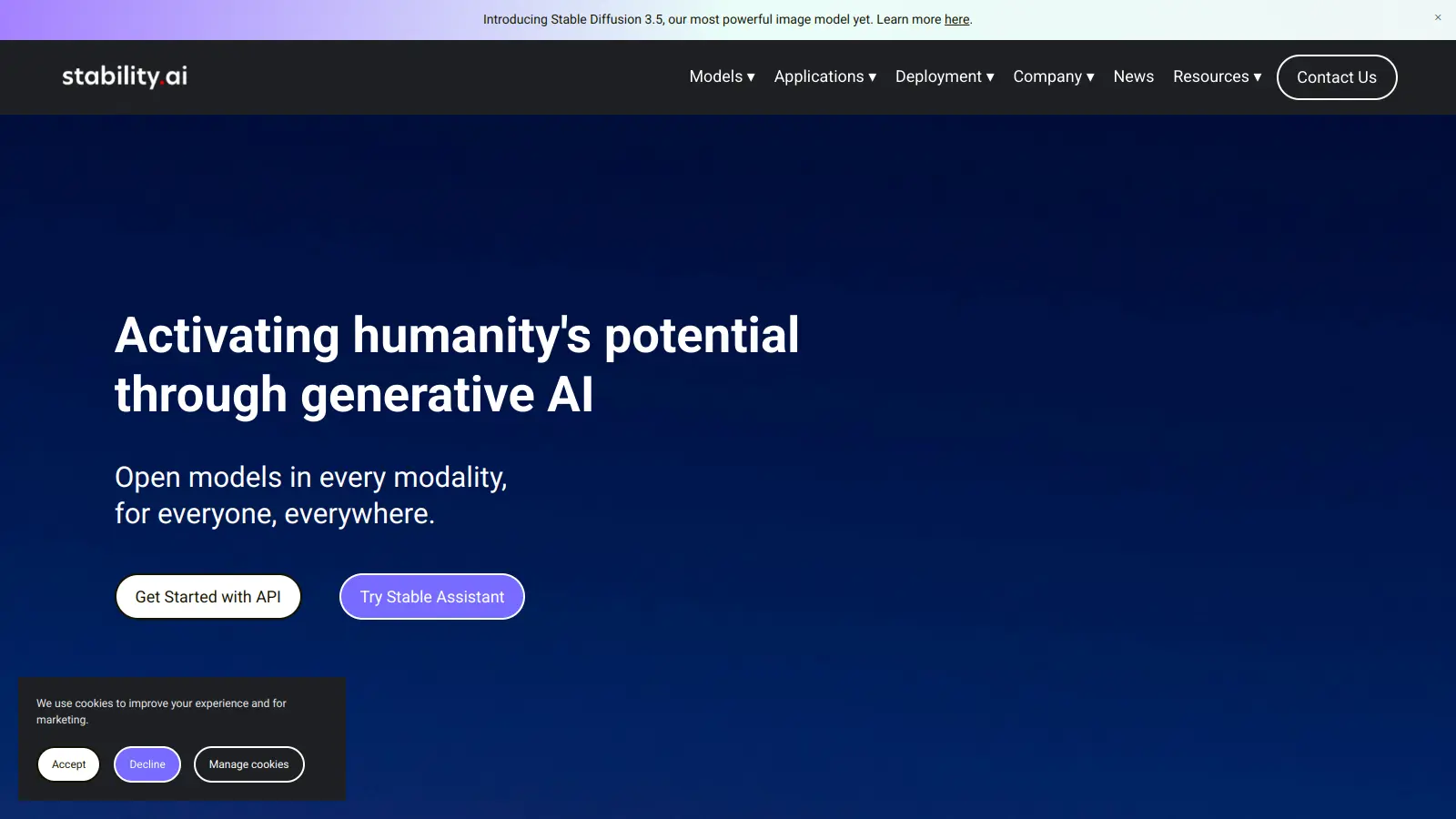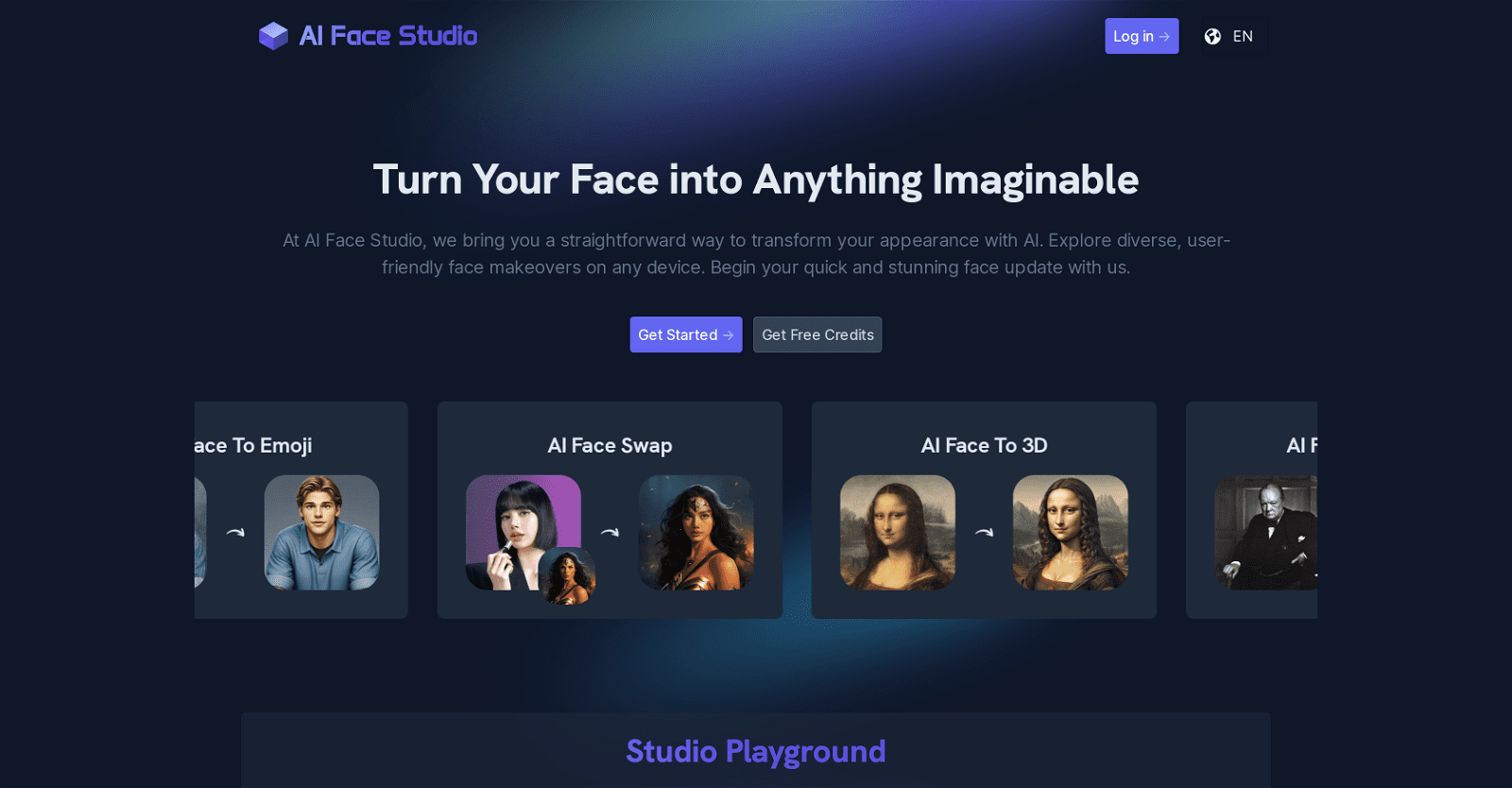Enter IP-Adapter-FaceID AI—an innovative application revolutionizing image generation by leveraging facial images and descriptive prompts to create a myriad of stylistically diverse images.
The functionality is simple yet powerful: users upload a facial photo alongside descriptive text, such as ‘A woman wearing a baseball cap engaged in sports.’ IP-Adapter-FaceID then works its magic, generating customized images that embody the provided descriptions.
This groundbreaking tool enables the creation of diverse image iterations based on the same face, showcasing individuals in varied contexts or roles. As a result, IP-Adapter-FaceID offers a pioneering solution for crafting custom stereotypes based on specific faces.
But IP-Adapter-FaceID goes beyond image generation—it fosters transparent discussions about its capabilities and areas for improvement, providing users with a comprehensive guide to its methodology.
While an experimental version, SDXL, exists, the core version of IP-Adapter-FaceID remains widely accessible, offering users a truly unique and unparalleled image generation experience.
More details about IP Adapter FaceID
How does IP-Adapter-FaceID AI work?
Users upload a face photo to IP-Adapter-FaceID AI first, then respond to text questions like “A photo of a woman wearing a baseball cap and engaging in sports.” After that, the AI creates unique visuals that correspond to these descriptions.
What potential biases are present in IP-Adapter-FaceID AI?
The item titled ‘Limitations and Bias of IP-Adapter-FaceID’ on their website contains honest discussions about potential biases in the AI.
What is the main purpose of IP-Adapter-FaceID AI?
IP-Adapter-FaceID AI’s primary goal is to enable users to create an array of artistically distinct images by using a facial image and accompanying written cues.
What are the limitations of IP-Adapter-FaceID AI?
Their open discussions on their website, under the ‘limits and Bias of IP-Adapter-FaceID’ post, outline the limits of IP-Adapter-FaceID AI.

